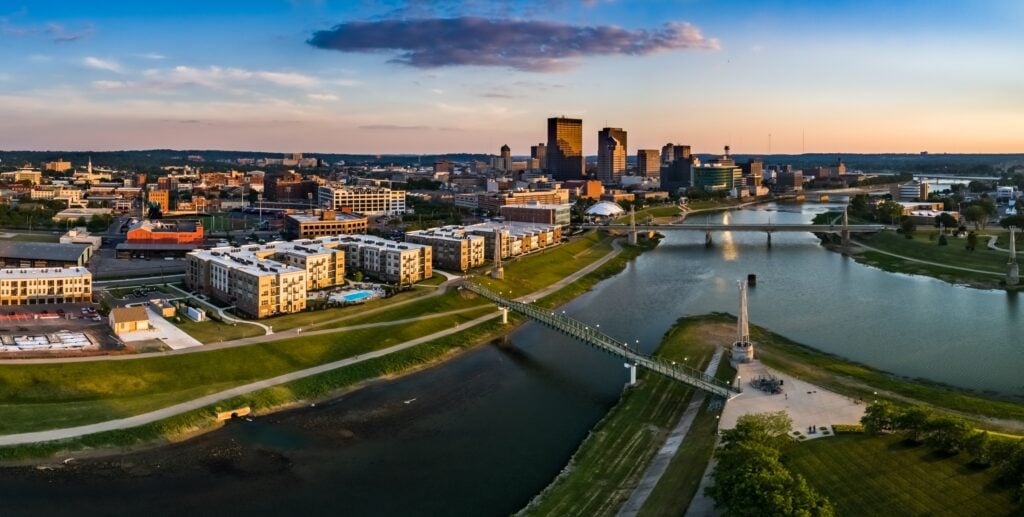Transforming Hometowns: Revitalizing Communities One Rehab at a Time
In towns across America, there’s a quiet yet powerful revolution taking place. It doesn’t involve large-scale developments or mega-corporations but instead relies on the dedication, creativity, and hard work of local residents and small businesses committed to transforming their own backyards. This movement, often referred to as “community revitalization,” focuses on breathing new life into overlooked neighborhoods, restoring historic buildings, and fostering a sense of community pride—all achieved one rehab at a time.
The Power of Small-Scale Change
The core idea behind this movement is that even the smallest efforts can have significant ripple effects throughout a community. By targeting rundown or abandoned properties, groups and individuals can prevent further urban decay while preserving the architectural character and history of their towns. This approach not only enhances the aesthetic appeal of a neighborhood but also boosts property values and attracts new residents and businesses.
One of the most compelling aspects of community revitalization is its grassroots nature. These projects often begin with a few passionate individuals or small local organizations who see potential where others see neglect. They leverage sweat equity, creatively source funding, and mobilize volunteers to refurbish and repurpose everything from old mills and warehouses to historic homes and empty lots.
Sustainable and Inclusive Development
Revitalizing communities isn’t just about restoration; it’s also about sustainability and inclusivity. As these projects take shape, there’s a growing emphasis on creating spaces that are environmentally friendly and accessible for all residents. Green building practices are becoming more common, with efforts made to improve energy efficiency and reduce carbon footprints. Community gardens and public parks are also integral components, providing residents with access to outdoor spaces that promote well-being and offer opportunities for social interaction.
Importantly, successful revitalization projects aim to include all members of the community, ensuring that long-time residents are not displaced by rising costs or gentrification. Initiatives such as affordable housing units, job training programs, and small business grants help maintain the character and diversity of these neighborhoods, making them vibrant places where everyone can thrive.
The Catalyst for Economic Growth
The rehabilitation of a single building or block can act as a catalyst for broader economic development. When one project is successful, it often inspires others to follow suit, creating a domino effect that can lead to the comprehensive revitalization of entire neighborhoods. As areas become more desirable places to live and work, they attract new businesses, artists, and entrepreneurs, contributing to a more dynamic and diverse local economy.
Revitalized communities also attract tourism, particularly when historic preservation is involved. Visitors who flock to experience the unique charm of these revitalized areas spend money at local shops, restaurants, and hotels, further fueling economic growth.
Stories of Transformation
Across the country, there are countless inspiring stories of hometown transformations. In places like Detroit, Michigan, grassroots movements have turned entire blocks of decaying buildings into vibrant art districts and cultural hubs. In small towns in the American South, historic courthouses and rail depots have been restored to their former glory, becoming focal points for tourism and community events.
These success stories share common threads: a vision for what could be, a commitment to collaboration, and an understanding that revitalization goes beyond bricks and mortar. It’s about rebuilding the social fabric of communities and fostering a renewed sense of place and belonging.
Conclusion
As the trend of community revitalization continues to gain momentum, it’s clear that the future of urban development lies in empowering local residents to take action. By investing in their own neighborhoods and breathing new life into old structures, these trailblazers are proving that change is possible and that their hometowns can once again be places of pride and prosperity.
In a world facing numerous challenges, transforming hometowns one rehab at a time offers a tangible and hopeful path forward—a reminder that collective effort and commitment can lead to meaningful and lasting change. Whether in bustling cities or quiet rural areas, the potential for revitalization is limitless, promising brighter futures for communities everywhere.

